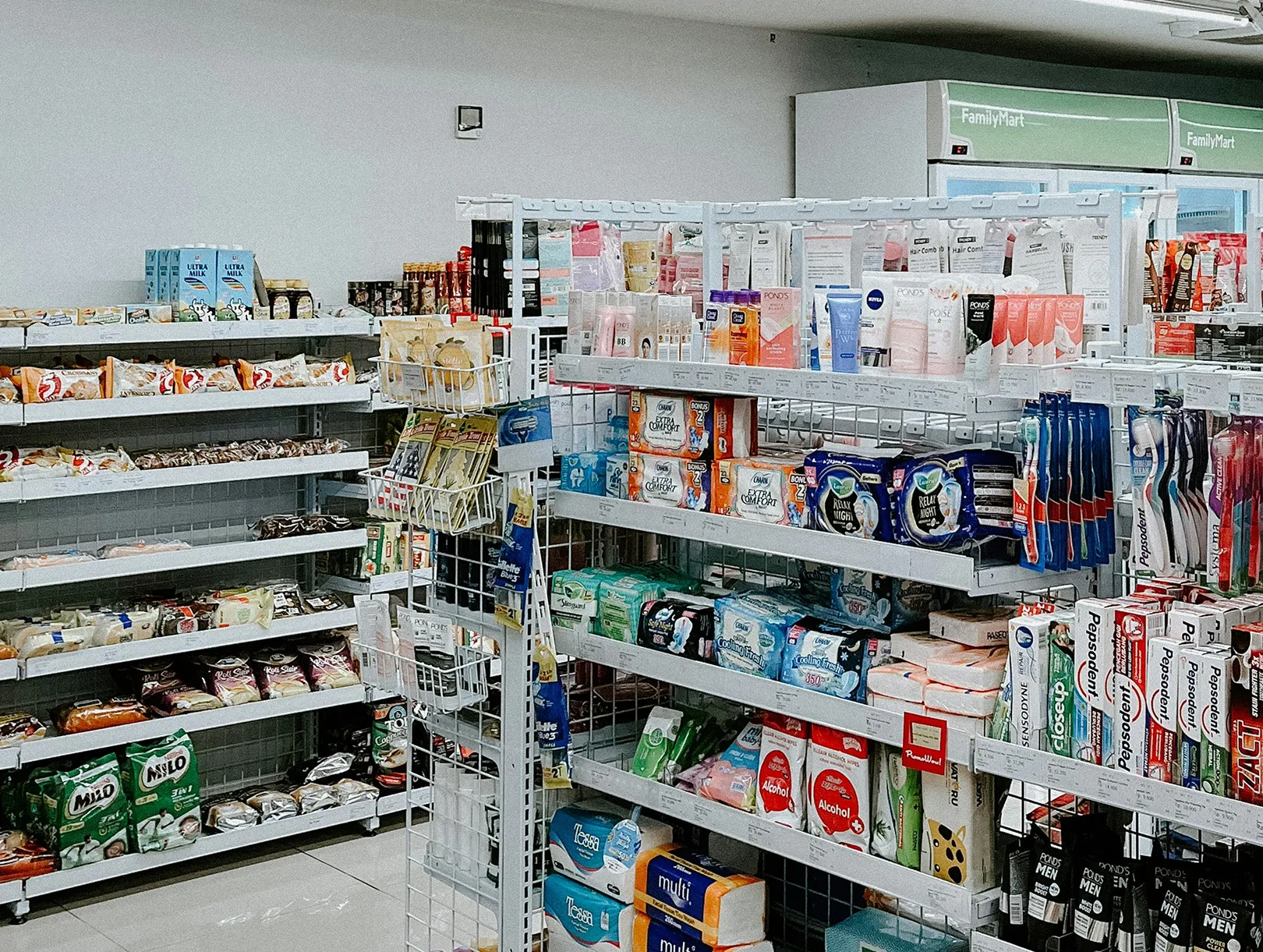Beyond CRM: How Salesforce Is Becoming an AI-Powered Operating System for Life Sciences Teams
Jun 18, 2025 | 4 min read

CRM Is No Longer Enough
The life sciences industry is moving faster than ever. AI adoption, field coordination, patient-centricity, and omnichannel engagement are no longer buzzwords—they’re operational realities.
That means traditional CRM is hitting its limits.
Salesforce and Veeva have long led the pharma CRM space. But while Veeva is refining its applications, Salesforce is doing something fundamentally different. It’s transforming from a CRM into a flexible, AI-powered operating system for life sciences teams.
In this blog, we’ll explore what that shift looks like—and why it matters.
The OS vs. App Metaphor: Flexibility vs. Specialization
Think of Veeva like an app: well-designed, specific, and efficient within its scope. It offers tools tailored to pharma, such as:
- Prebuilt call reports and sample tracking
- Modular content libraries
- MLR-aligned workflows
- CLM features
- Territory Management
For many organizations, that simplicity is a strength. But it also creates boundaries. As data pipelines evolve and AI becomes core to strategy, "well-contained" can quickly become "boxed in."
Salesforce, by contrast, operates more like an OS. It provides the infrastructure for teams to:
- Ingest data from any source
- Automate logic across multiple functions
- Deploy AI agents that act independently
- Customize workflows without vendor lock-in
- All of that and more with a strong layer of trust and security.
That platform-level adaptability is what makes Salesforce increasingly attractive to commercial, medical, and IT teams facing complex transformation goals and compliance overhead
From CRM to Operating System: What’s Actually Changing?
Salesforce is not abandoning CRM—it’s expanding it.
1. Unified Data, Seamlessly Integrated
Salesforce’s Data Cloud helps life sciences teams pull together information from different systems—like EHRs, insurance claims, and patient support programs—into one clean, real-time view.
- No duplicate records to clean up
- One single profile for each doctor, patient, or account—no matter how many systems they're in
- Automatic sorting and grouping based on the most recent activity or behavior
This data doesn’t just live in CRM fields—it powers every interaction across the stack.
2. AI That Supports Smarter Workflows, Step by Step
Tools like Einstein Copilot and Agentforce shift AI from insight to action:
- Einstein surfaces contextual recommendations (e.g., content to share, next steps)
- Agentforce triggers workflows or completes tasks autonomously (e.g., triaging inquiries, adjusting call plans)
Instead of requiring human follow-up on every AI suggestion, Salesforce allows agents to execute rules directly, freeing teams to focus on exceptions.
3. Composable Services for End-to-End Orchestration
Salesforce’s real power comes from how it connects all the tools your team already uses, so they work better together across different departments.Here's how that works:
- MuleSoft is like the “plumbing” that connects different systems—such as electronic health records, finance tools, or even Veeva—so data flows smoothly between them.
- Slack is where your team chats, shares files, and makes fast decisions together. It brings conversations into the same space where work is happening.
- Tableau turns complex data into visuals that anyone can understand. Reps might see charts showing which doctors to prioritize, or what messages are working best.
Together, these tools make Salesforce more than just a CRM. They turn it into an intelligent system that helps every part of your organization move in sync.
Why Veeva Can’t Do This (Yet)
Veeva excels at what it was built for: structured CRM workflows, regulated content distribution, and HCP engagement logging.
But it was never built as a platform-first OS. That creates challenges:
- Closed architecture: Limited ability to connect to real-time data or AI agents
- Vendor-specific workflows: Customization often requires Veeva professional services
- Application sprawl: Additional functionality comes through bolt-on modules, not extensible services
- Omnichannel engagement: Veeva requires additional custom development or applications to offer a true Customer 360 view
While Veeva is evolving (e.g., Veeva Link, modular Vault apps), it remains focused on refining the app—not expanding the OS.
For organizations seeking to connect analytics, orchestration, and automation across medical and commercial functions, that matters.
Real-World Impact: What an OS Approach Enables
Let’s look at how this plays out in practice.
Field Force Enablement
- Salesforce OS:Agentforce updates call plans in real time based on formulary changes, account accessibility, and rep performance
- Veeva App: Call plans are updated quarterly, with manual review and segmentation logic
Medical Affairs Support
- Salesforce OS: Medical inquiry triage is automated with Einstein Copilot, flagged for review if it triggers a safety or quality concern
- Veeva App: Inquiries are routed manually with static keyword filters
Patient Access Monitoring
- Salesforce OS: Data Cloud ingests payer, copay, and wearable adherence data to adjust education strategy dynamically
- Veeva App: No native access to payer data without third-party connectors
These aren’t future visions. CI Health clients are deploying these workflows today.
Conclusion: Build Your Strategy on a Platform That Can Evolve
AI is changing how life sciences teams operate. But AI alone isn’t enough. Teams need a platform that:
- Connects data from anywhere
- Automates decisions across departments
- Scales workflows without vendor lock-in
That’s the difference between an app and an operating system.
Veeva will remain a critical toolset for many. But if your organization is building a more adaptive, data-rich engagement model, it’s time to think beyond CRM.
Talk to CI Health about how Salesforce can power your next-generation operating model.
Optional FAQ
Q: Is Salesforce HIPAA and GDPR compliant?
Yes. Tools like Salesforce Shield and audit trails support regulated environments.
See Salesforce compliance documents here.
Q: Can we use Veeva and Salesforce together?
Yes. Many clients use Veeva for content and Salesforce for orchestration, analytics, and automation.
Q: How fast can we deploy a Salesforce operating model?
CI Health has helped teams deploy composable Salesforce solutions in as little as 90 days.



 Gradial
Gradial  PEGA
PEGA 




